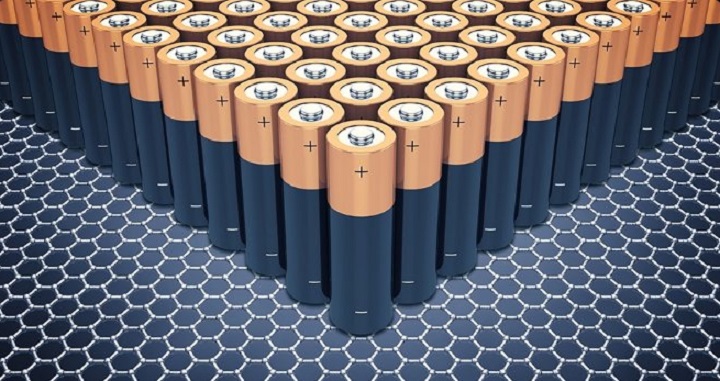Lithium-ion batteries are everywhere, to say the least. We see them in cars, laptops, cellphones, and even power tools. The major issue seen with lithium batteries however is that there is fire risk, which is why researchers are now creating zinc-nickel batteries. Zinc-nickel batteries will have the same electrical joint minus the fire risk seen in Li-ion cells. These batteries are thought to be able to power a variety of devices, such as electronics and hybrid cars. Well, that’s the plan, anyway.
Non-rechargeable alkaline batteries will include one electrode of zinc and one electrode of manganese dioxide. These batteries are a lot safer as they contain a nonflammable, water-based electrolyte which helps to carry charges through the battery. On the other hand, lithium cells have a flammable organic electrolyte in order to prevent side reactions which could kill the batteries. Adding flame retardants, for example, could stop cells from catching fire.
Scientists are looking for ways to make zinc batteries rechargeable. With that said, zinc rechargeable batteries have a massive drawback: Zinc atoms will start to pile up on one of the electrodes during repeated cycles of charging and discharging. When zinc atoms start to pile up, it causes dendrites, which can cause the batteries to short-circuit.
It’s important to note that removing dendrites in these batteries is not an easy process. In order to make a powerful and successful battery, the negative anode will need to acquire a large surface area for the chemical reactions which occur throughout the charging and discharging process. To obtain this surface area, scientists will create the electrode porous. The problem here is that zinc contained in these electrodes will end up being unevenly spread out. This causes the electric field in the zinc battery to spike at certain spots during charging.
To resolve this problem, Debra Rolison, chemist for the Naval Research Laboratory in Washington, DC., created a project to make a 3D zinc sponge electrode. First, researchers start with the same zinc powder, but they then combine it with water and oil like organic compounds, which forms a gray semi liquid mixture that scientists can pour into a mold. After that, scientists dry and heat the material, which creates a zinc framework. When put into a battery, sponge-like electrodes will prevent the dendrites from developing.
Rolison and her team reported that their zinc rechargeable batteries can complete roughly 100 charge and discharge cycles while designed to provide the same amount of energy as Li-ion cells.
All in all, zinc-based rechargeables are far more secure than lithium-ion batteries and zinc is quite cheap which could increase its use in a number of applications. Hector Abruna, chemist at Cornell University, stated, “it’s an important development with tremendous potential.”
Rolison wanted to speed up this process which is why she licensed her technology to EnZinc Inc. This California-based company is creating batteries for hybrid cars, wearable electronics, and electric bikes. If all goes as planned, zinc rechargeable batteries might take over the battery sector.
Featured Image: twitter











